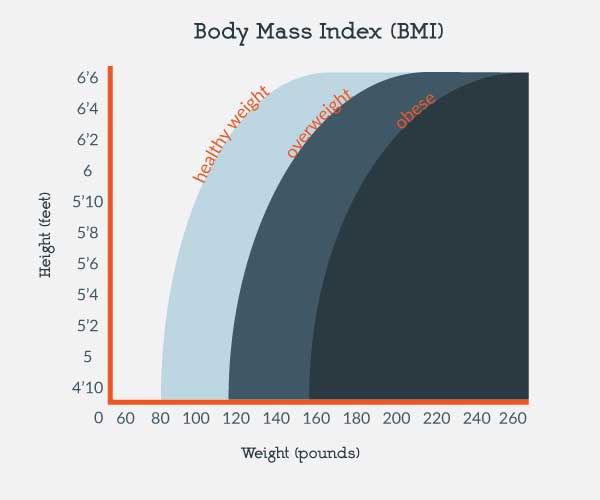
Sleep Apnea and Body Mass Index
Sleep apnea is largely a symptom of weight gain and obesity. Therefore, as our population gains weight, we are seeing more and more obstructive sleep apnea.
The body mass index (BMI) is a common medical term that gives a numerical value to an to a persons weight. This number is calculated based on overall weight and height of a specific patient. If a person has a BMI great than 25, they are considered to be overweight and greater than 30 is obese. As BMI value exceed 30, the likelihood of obstructive sleep apnea increases.
The area graph below provides a general schematic of the relationship between height and weight.

To learn more about body mass index and how it may effect your ability to sleep or your risk in developing sleep apnea contact Arizona Center for Chest Diseases today. We would love to hear from you and would be happy to answer any of your questions.


No Comments
Sorry, the comment form is closed at this time.